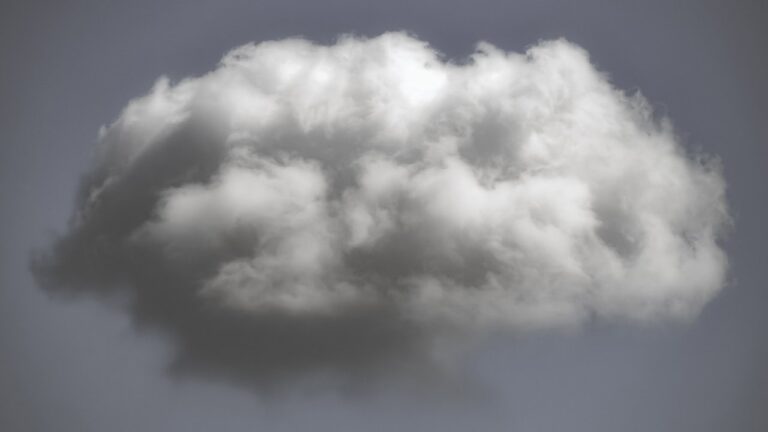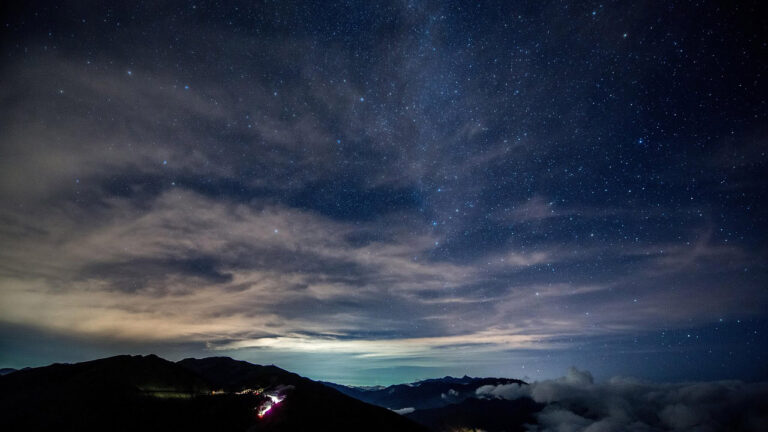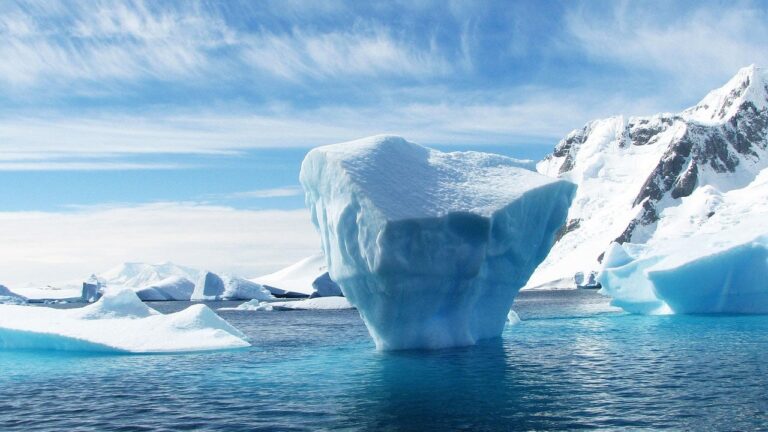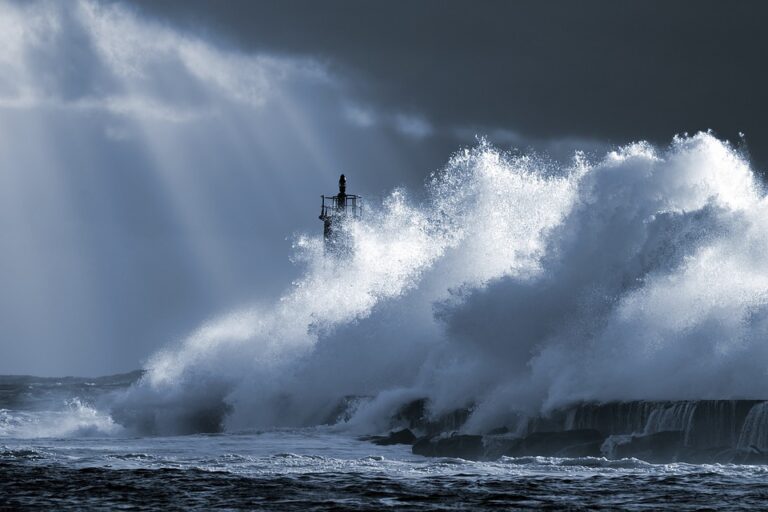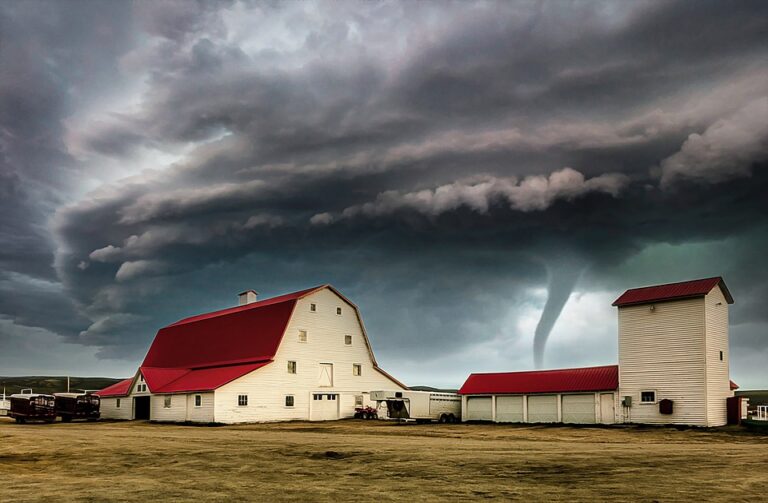The Beauty and Fury of Blizzards and Winter Storms
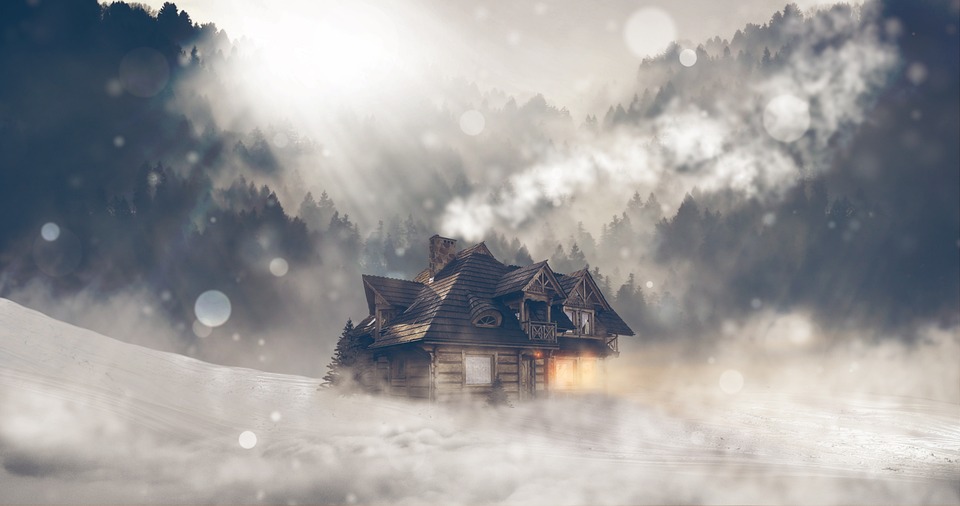
Winter often conjures images of cozy fires, hot cocoa, and serene snow-covered landscapes. However, the season also brings with it the formidable and awe-inspiring phenomena of blizzards and winter storms. These events can transform tranquil winter scenes into harsh, icy battlegrounds, testing the resilience of communities and ecosystems.
Understanding Blizzards and Winter Storms
What Defines a Blizzard?
A blizzard is not just any snowstorm. Defined by meteorologists, a blizzard is characterized by sustained winds or frequent gusts of 35 mph or more, along with significant falling or blowing snow that reduces visibility to less than a quarter mile for at least three hours.
These conditions create a whiteout, where navigation becomes difficult, if not impossible, and temperatures plummet due to the wind chill.
The Anatomy of a Winter Storm
Winter storms are broader and can include various forms of precipitation such as snow, sleet, or freezing rain. They develop when moist air rises over cold air, often along fronts or due to low-pressure systems.
The intensity of a winter storm is determined by the temperature, wind, and type of precipitation it brings, with each storm presenting unique challenges and dangers.
The Formation of Blizzards and Winter Storms
The Role of Geography and Climate
Geography and climate are crucial in the formation of blizzards and winter storms. For instance, the Great Plains in the United States are particularly susceptible to blizzards due to their flat topography and exposure to Arctic air masses.
Similarly, coastal regions can experience intense winter storms, often referred to as Nor’easters, which form when cold air from the north meets warm, moist air from the Atlantic Ocean.
Key Meteorological Conditions
Several meteorological conditions contribute to the development of blizzards and winter storms. A strong jet stream, which is a fast-flowing river of air high in the atmosphere, can drive cold air from the polar regions southward.
When this cold air interacts with moist air from the tropics, the stage is set for powerful storm systems. Additionally, low-pressure systems, which create a vacuum effect, can draw in surrounding air masses, intensifying storm conditions.
The Impact of Blizzards and Winter Storms
On Infrastructure and Daily Life
The impact of blizzards and winter storms on infrastructure and daily life is significant. Heavy snowfall can lead to road closures, power outages, and disruptions in transportation.
Airports may shut down, and public transport can be severely affected, stranding millions of commuters. The accumulation of snow and ice can also damage buildings and infrastructure, leading to costly repairs and maintenance.
Environmental and Ecological Effects
These storms also have profound environmental and ecological effects. While the snow provides essential insulation for some plant and animal species, it can be deadly for others.
Wildlife may struggle to find food, and plant life can suffer from frost damage. However, the snowpack created by winter storms is vital for replenishing water supplies, feeding rivers, and supporting ecosystems throughout the warmer months.
The Human Spirit: Resilience and Community
Stories of Survival and Ingenuity
Throughout history, blizzards and winter storms have tested human resilience. From early settlers to modern-day communities, stories of survival and ingenuity abound. People have devised innovative ways to stay warm, find food, and support each other during these extreme weather events.
Whether it’s a neighbor clearing a driveway or a community center opening its doors as a warming shelter, these acts of kindness highlight the human spirit’s ability to persevere.
Technological Advancements and Preparedness
In recent years, technological advancements have greatly improved our ability to predict and prepare for blizzards and winter storms. Meteorological tools and models provide accurate forecasts, allowing governments and individuals to take proactive measures.
Emergency services are better equipped to respond, and communication tools ensure that information is quickly disseminated to those in need.
Preparing for Blizzards and Winter Storms
Essential Safety Tips
Preparation is key to minimizing the risks associated with blizzards and winter storms. Stocking up on essentials such as food, water, and medical supplies is crucial. Ensuring that homes are well-insulated and that heating systems are in good working order can prevent dangerous cold exposure.
It’s also wise to keep an emergency kit in your car, including blankets, flashlights, and non-perishable food, in case you are caught in a storm while traveling.
The Importance of Community Networks
Building and maintaining community networks can provide vital support during winter storms. Checking on elderly neighbors, sharing resources, and staying informed through local news channels and social media can make a significant difference.
Community organizations and local governments often provide resources and assistance, emphasizing the importance of collective action.
Conclusion: Embracing the Winter Warrior Within
Blizzards and winter storms, with their breathtaking beauty and lethal power, remind us of nature’s duality. While they pose significant challenges, they also offer an opportunity for communities to come together, for individuals to show resilience, and for humanity to harness its ingenuity.
By understanding these natural phenomena and preparing adequately, we can not only survive but thrive in the face of winter’s fiercest storms. Embrace the winter warrior within, and let the spirit of resilience guide you through the cold.

